Increasing LNG Production
The rising production of liquefied natural gas (LNG) is a pivotal driver for the Cryogenic Insulation Market. As countries strive to meet energy demands, LNG facilities are proliferating, necessitating advanced insulation solutions to maintain low temperatures during storage and transportation. The International Energy Agency indicates that LNG production is expected to grow significantly, with a projected increase of over 50% by 2030. This surge in LNG production directly correlates with the demand for effective cryogenic insulation, as it ensures energy efficiency and safety in operations. Consequently, manufacturers in the Cryogenic Insulation Market are likely to innovate and enhance their product offerings to cater to this expanding sector.
Expansion of Aerospace Applications
The aerospace sector is increasingly adopting cryogenic insulation technologies, which serves as a crucial driver for the Cryogenic Insulation Market. With the advent of new space exploration missions and satellite launches, the need for efficient thermal management systems has escalated. Cryogenic insulation plays a vital role in protecting sensitive components from extreme temperatures. According to industry reports, the aerospace segment is anticipated to witness a compound annual growth rate of approximately 6% through the next decade. This growth is likely to stimulate demand for advanced cryogenic insulation materials, as aerospace manufacturers seek to enhance performance and reliability in their systems. Thus, the Cryogenic Insulation Market stands to benefit from this upward trend in aerospace applications.
Rising Investments in Renewable Energy
Investments in renewable energy projects are increasingly driving the Cryogenic Insulation Market. As nations pivot towards sustainable energy solutions, technologies such as liquid hydrogen and other cryogenic fuels are gaining traction. The International Renewable Energy Agency has reported a substantial increase in funding for renewable energy initiatives, with investments expected to reach trillions of dollars in the coming years. This shift necessitates the use of cryogenic insulation to ensure the safe storage and transport of these fuels at extremely low temperatures. Consequently, the Cryogenic Insulation Market is poised to experience growth as it aligns with the global transition towards cleaner energy sources.
Growing Demand from Industrial Applications
The industrial sector's increasing demand for cryogenic insulation solutions is a key driver for the Cryogenic Insulation Market. Industries such as petrochemicals, pharmaceuticals, and food processing require effective insulation to maintain low temperatures for various processes. The market for cryogenic insulation in industrial applications is expected to expand, with estimates suggesting a growth rate of around 5% annually over the next few years. This growth is attributed to the need for energy efficiency and safety in operations, prompting industries to invest in high-quality insulation materials. As a result, the Cryogenic Insulation Market is likely to experience heightened activity as it caters to the diverse needs of industrial clients.
Technological Innovations in Insulation Materials
Technological advancements in insulation materials are significantly influencing the Cryogenic Insulation Market. Innovations such as aerogels and advanced composite materials are enhancing the thermal performance and efficiency of cryogenic insulation systems. These materials not only provide superior insulation properties but also reduce weight, which is particularly beneficial in sectors like aerospace and transportation. The market for advanced insulation materials is projected to grow at a robust rate, driven by the need for improved energy efficiency and performance. As manufacturers continue to invest in research and development, the Cryogenic Insulation Market is likely to see a surge in demand for these cutting-edge solutions.
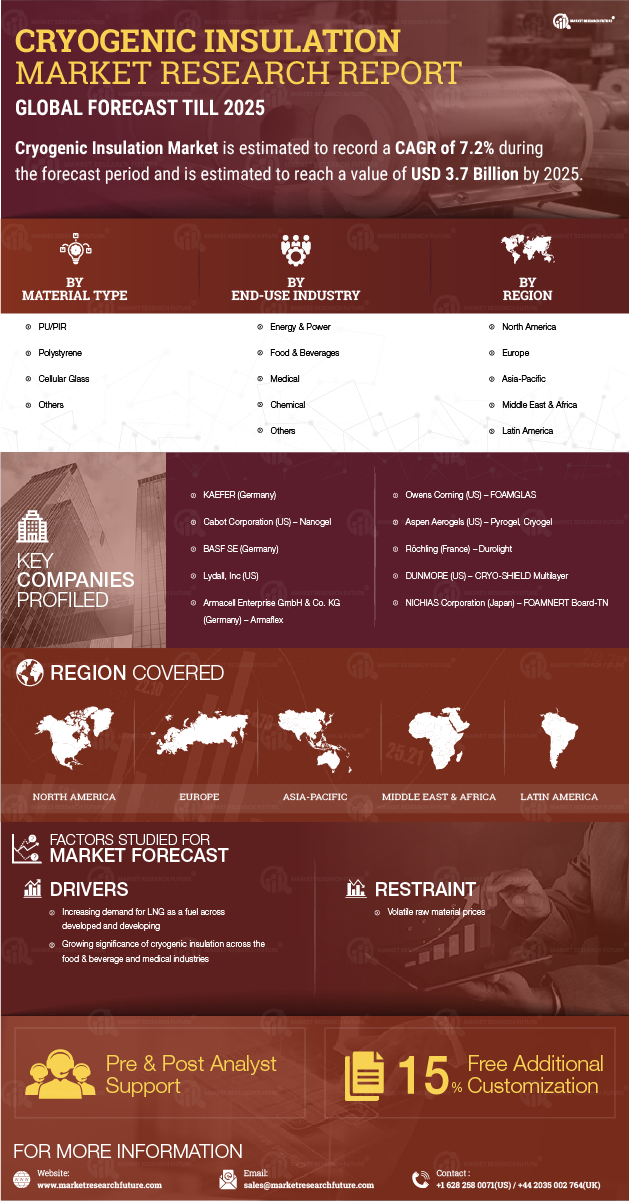


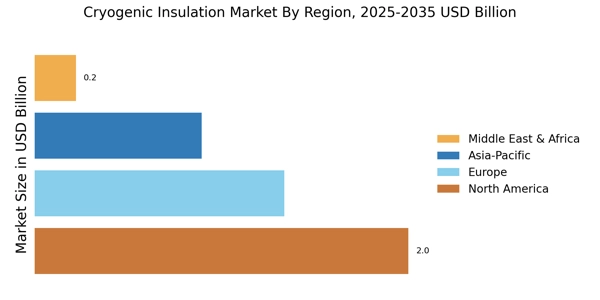
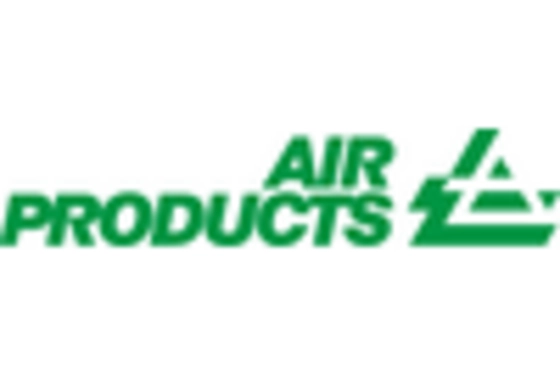

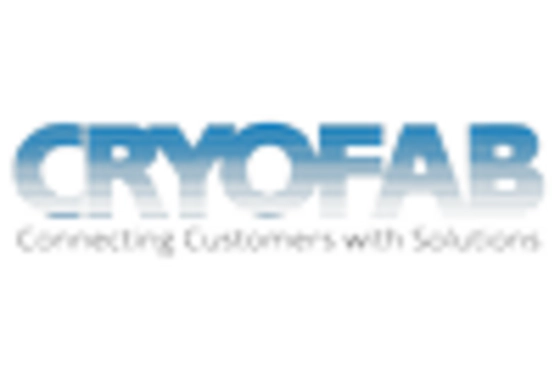
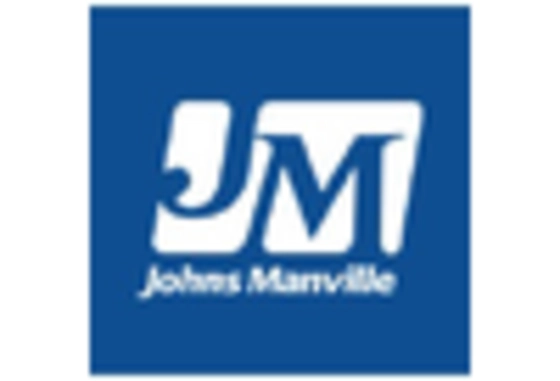
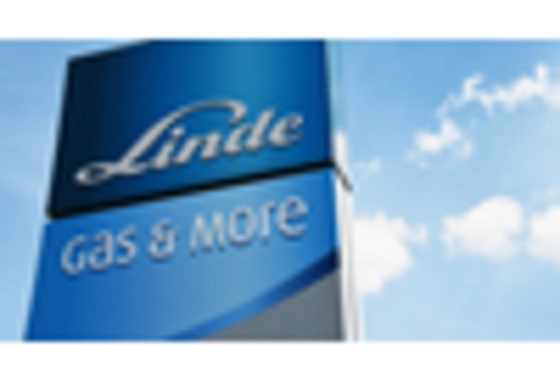









Leave a Comment